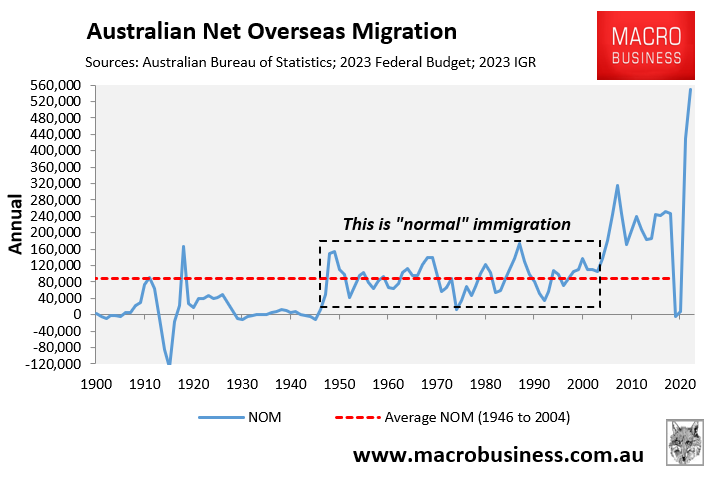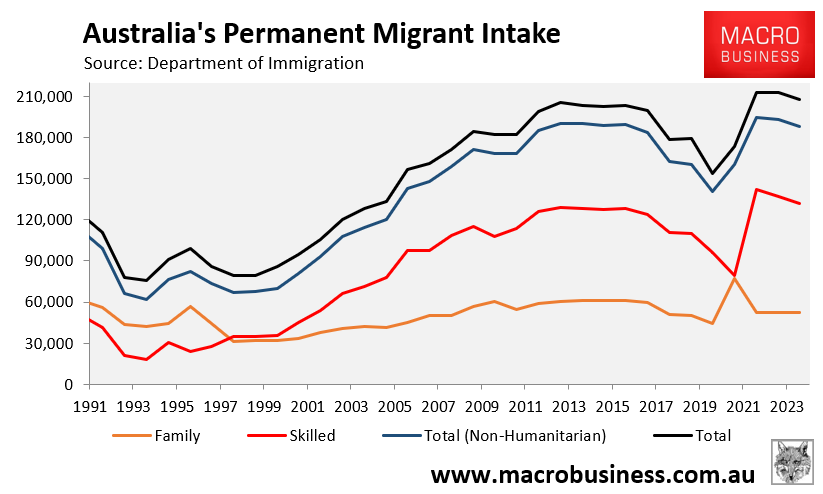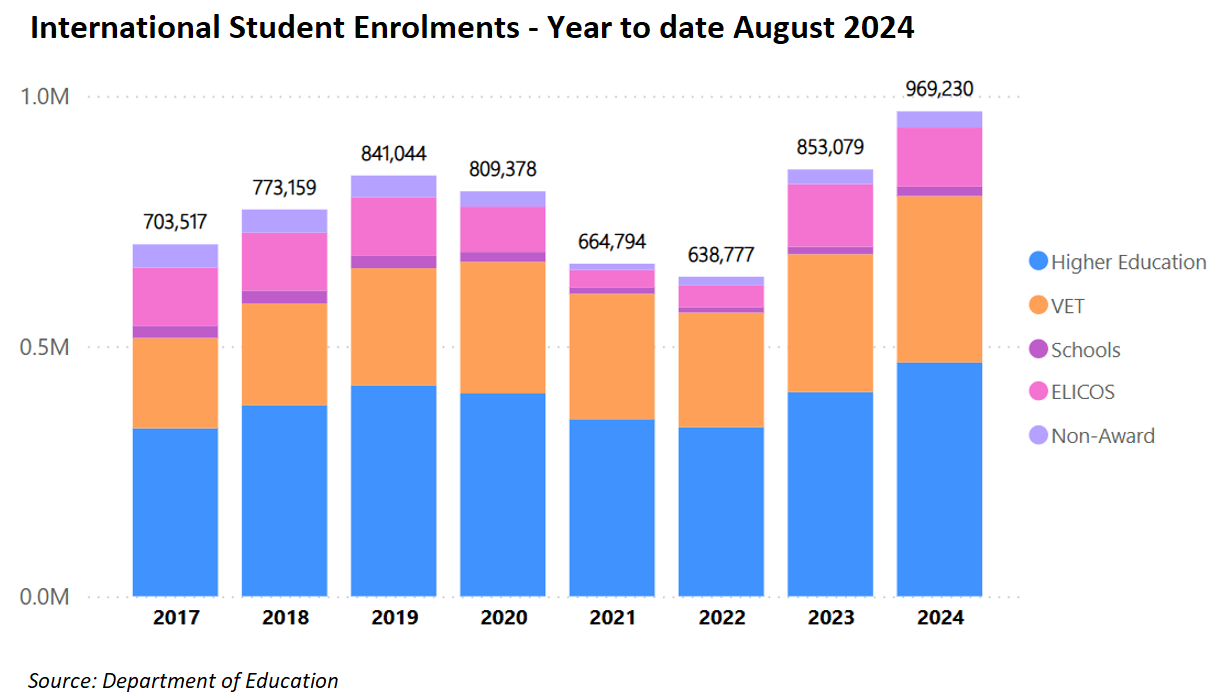The federal government’s changes to the Migration Act are set to be passed by parliament after the Coalition agreed to support the reforms.
The three bills will allow the government to pay third countries to accept unlawful non-citizens, impose criminal penalties on non-citizens who refuse to cooperate with their own deportation, and allow people being held in immigration detention to be searched for drugs and have their mobile phones confiscated.
Shadow Home Affairs Minister James Paterson said the government should be able to finalise agreements with third countries to accept non-citizens as soon as the legislation has been passed.
Alongside immigration minister Dan Tehan, the Coalition boasted that it is now “basically running the immigration system for the government because they have failed … to do it themselves”.
While these changes are positive and should provide some much-needed integrity to Australia’s immigration system, they do little to control the flow of legal migration, which is driving Australia’s population pressures.

If Labor and the Coalition were serious about controlling migration, they would significantly reduce the permanent and temporary programs.
The permanent migration system should be reduced by:
- Eliminating parental visas (as the Productivity Commission suggested) would reduce the family stream’s allocation by about 8,000 permanent places.
- Cutting permanent skilled visa places from 132,100 places currently to 78,000. This could be accompanied by an increase in the minimum salary threshold to a genuinely skilled level to improve quality.
The Australian government could also cut humanitarian visa places back to their old level of 13,700 from 20,000 currently.

The stock of temporary migrants in Australia has also ballooned to absurd levels and should be slashed.

First, the temporary skilled visa salary threshold should be raised above the median full-time salary (i.e., above $90,000, indexed to earnings growth). Doing so would reduce the flow of skilled temporary migrants and improve quality.

Second, the Australian government should reduce the flow of student visas via:
- Significantly tightening English-language standards and requiring prospective students to complete entrance examinations before being permitted to study in Australia.
- Significantly increasing financial requirements, with funds paid into an escrow account before arriving in Australia.
- Reducing the number of hours that international students are allowed to work and severing the direct link between study, work, and permanent residency.
- Only allowing top-of-class graduates to receive a graduate visa.
- Given that Australian universities are non-profit entities that currently do not pay taxes, imposing a levy on international students to ensure that Australians receive a financial cut from the trade.
Third, access to bridging visas should be tightened and the Administrative Review Tribunal should be bolstered to prevent migrants from staying in Australia when their primary visa expires.
These types of reforms would slash migration numbers and raise quality and productivity.

